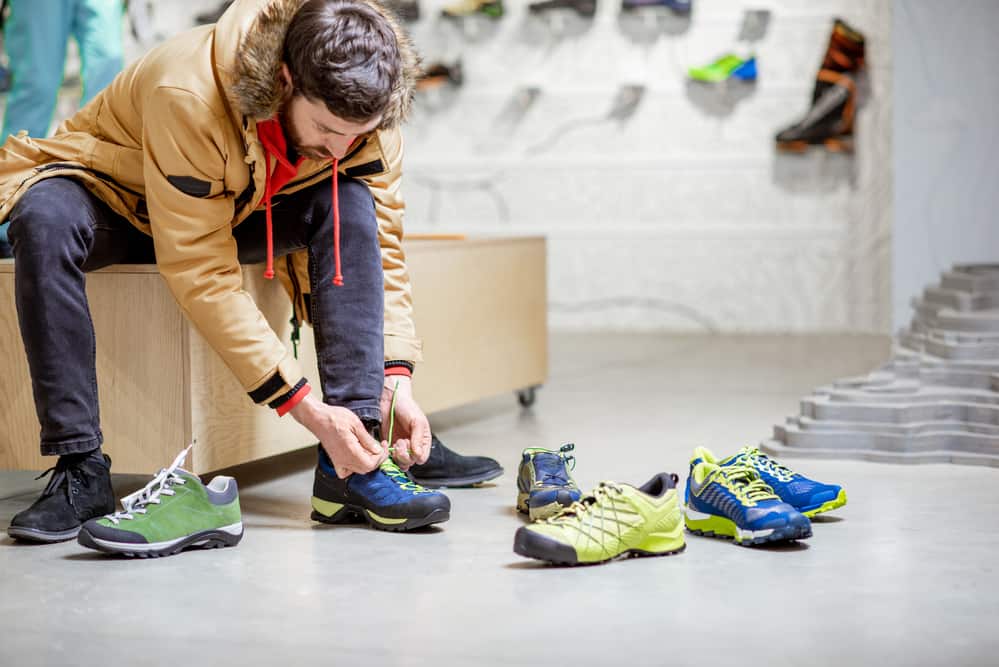5 Things Most People Are Doing Wrong
Make sure you can get a finger between your heel and the shoe. (Source)
In an effort to keep up with the latest trends and designs, many of us end up sacrificing fit for style. When the shoe you just have to have is only available in a few select sizes, it’s easy to convince yourself it fits.
“I’m sure it will stretch out a bit.”
“If I wear thicker socks it won’t be too big!”
You can tell yourself these things as much as you want, but really you’re just talking yourself into throwing your money away.
Maybe now you’re asking yourself, “Is it such a big deal if my shoes are a little tight? I’m a hard size to fit.”
It can be a HUGE deal. Here’s why.
Studies have shown that poor fitting shoes can lead to:
- Neuropathy
- Tendonitis
- Athlete’s foot
- Instability and falls
And to make things worse…
Ill-fitting shoes can actually affect the rest of your body- not just your feet. If your shoes don’t fit right, it can alter the way you walk, which can impact your knees, hips, and back.
Do You Have Trouble Finding Shoes that Fit?
If you’re reading this article, you’ve probably realized that whatever you’re doing isn’t working. Shoes that felt ok when you first bought them ultimately feel uncomfortable after a few runs. Or your toes are going numb and you’re wondering if your shoes are to blame.
We’re here to help you get the PERFECT fit, every time.
What Most People Do Wrong
If this article hits home already, you’re definitely not alone. It’s estimated that a whopping 60% of us are walking around in ill-fitting shoes.
Why do you think this is?
The main culprit for buying the wrong size shoe is relying solely on the size listed on the box.
Maybe you had your foot professionally measured when you were 17 or 18 and have just bought the same size since then.
But let me tell you something: not all brands use the same sizing. That’s right.
Not All Brands Use The Same Sizing.
For women reading this article, you already know what that’s like because women’s clothing sizes are notoriously inconsistent. But the men here might be surprised by this information.
Just take a quick look at the Wikipedia page for Shoe Size. Did you have any idea how complicated it is?
Turns out, the US and UK systems actually use units of measurement based on barleycorn of all things. You can’t know intuitively what size your foot is, and you shouldn’t try to.
The Quick Fix to A Poor Fit
In a nutshell (which is maybe similar to a barleycorn?), the fastest way to get the right size shoe is to measure your feet again. It’s probably been a while since you’ve done it (or had it done) correctly.
Most shoe manufacturers include sizing guides on their websites. Once you have your measurements, check them against the size guides and see where you land! It’s not a complete solution, but it’s a good place to start.
And don’t forget: make sure you do this every few years and for every type of shoe you buy. As you age your feet will change a bit, so you don’t want to be caught unprepared.
For all shoes, you want to fit one finger between the back of the shoe and your heel, and you want space the width of your thumb between the top of the shoe and your longest toe.
Watch Out for These 5 Common Pitfalls When Trying on Shoes
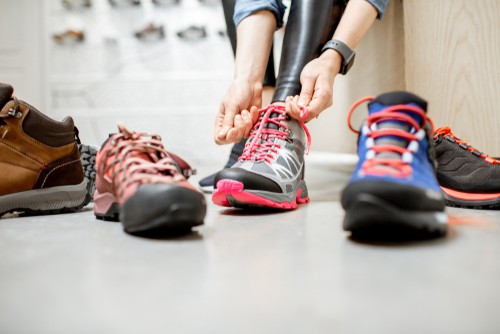
1. Time of day makes a difference.
Our feet tend to swell towards the end of the day. You’ll want to make sure and measure your feet first thing in the morning and also in the evening to see how big of a difference there is. For some of us, it might be insignificant. But for others, it could make all the difference.
2. Socks will change the fit.
Another thing many of us do wrong is to forget about the importance of socks. Wear socks when you measure your feet and wear socks when you try shoes on (if you will be wearing socks with those shoes).
And don’t pick socks at random. Wear socks that you are most likely to wear when you are wearing the shoes. And if you have fit issues with your shoes down the line, check to see if you might be wearing the wrong socks.
3. Different shoes from the same company may fit differently.
To make things even more difficult, different shoes from the same manufacturer might fit differently as well! For example, if you fit a size 10 in a Nike Zoom Fly, don’t necessarily assume you will be a size 10 in their Lunar Fingertrap.
Because most manufacturers tend to only put out one size chart per type of shoe, you’ll have to rely on reviews from consumers to see if there are any significant sizing differences.
And remember, when you get the shoes, try them on and test the fit regardless of the size on the box.
4. Different shoe styles fit differently.
One reason there is variation in sizing among the same brand is that different types of shoes are meant to fit differently.
For Instance:
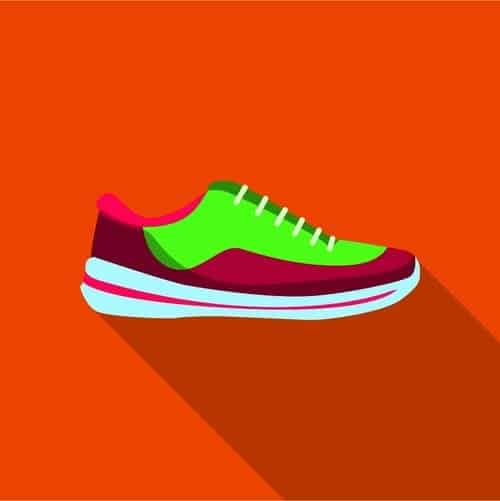
Running shoes should feel snug (not tight) in the heel and midsection but allow the toes to wiggle.
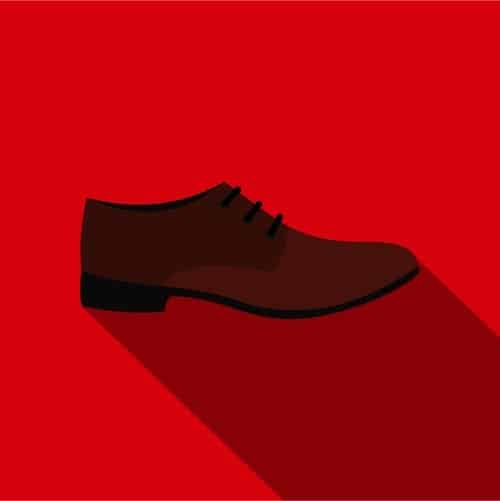
On the other hand, you can have a little more space in your dress shoes, which may be less flexible.

High heels are going to feel different almost every time based on the height of the heel and the shape of the toe box. But you always want to make sure your toes are lying flat and not bunched up.
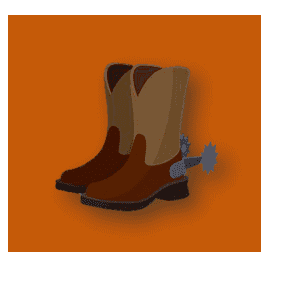
Leather boots could be the one exception to the “don’t wait for stretch” rule. You want them to be a little snug at first because they certainly will stretch a bit.
5. Inserts and insoles can correct painful shoes.
If you’ve tried everything you can think of but still aren’t comfortable in your shoes, you could actually need inserts or insoles.
As mentioned before, you may have feet that are slightly different sizes, or you may have arches that need additional support. Poor arch support, for example, can lead to serious pain in the arch, heel, and even up through the leg.
To tackle these issues, you can make use of orthopedic inserts and insoles (Dr. Scholl’s is always a solid choice for insoles). You may also check out our post on the best insoles for shoes that are too big.
These can help slightly adjust for size and/or give you support in the spots you need. You won’t always be able to rely on the shoe itself for these tweaks.
How to Measure Your Foot – The Right Way
Now for the nuts and bolts. How do you measure your feet? The length is pretty straightforward, but do you stop at the longest point or do you stop at the big toe? Where is width measured? What about arches?!
Measuring the Length
- Stand upright on a blank piece of paper large enough to include your entire foot.
- Trace your foot onto the paper (It’s usually helpful to have someone else do this part).
- Using a straight ruler, measure the longest length of the foot (tip of the longest toe to the furthest back part of the heel).
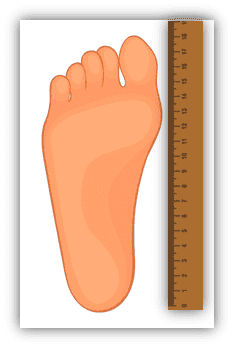
Measuring the Width
- With the same ruler, measure the widest part of your foot, which is usually just below the toes.
- Repeat with the other foot.
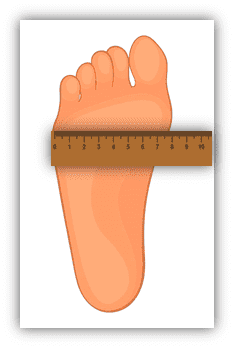
It’s as simple as that! When shopping for shoes, always use the measurement of your larger foot. It’s better for one shoe to be a little big instead of a little small. If your feet are significantly different in size, you’re likely going to need to see a specialist or buy two sets of shoes.
Here’s an example of what a retailer’s size chart might look like. Use the measurement you took for length and compare it to the sizing in different countries. Some retailers will provide width information as well, so keep that measurement handy!
| Example Shoe Sizing Chart | |||
| Shoe Size (US) | Shoe Size (UK) | Shoe Size (EU) | Foot Length (in) |
| 5 | 2.5 | 35 | 8 2/3 |
| 5.5 | 3 | 35.5 | 9 |
| 6 | 3.5 | 36 | 9 1/3 |
| 6.5 | 4 | 36.5 | 9 2/3 |
| 7 | 4.5 | 37 | 10 |
| 7.5 | 5 | 37.5 | 10 1/3 |
| 8 | 5.5 | 38 | 10 2/3 |
Make sure to take down the measurements in both inches and centimeters to make your comparisons easier.
By now you’re probably asking yourself, “What about my arches?”
Well, measuring your arches is a little less scientific than measuring length and width.
To check your arch, do what’s known as The Wet Test.
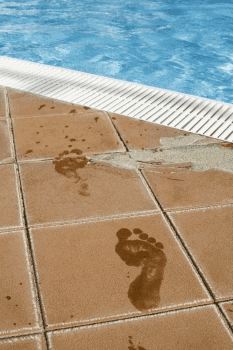
Dip your foot in some water and press it onto a sheet of paper. The shape of the footprint will determine whether you have high, flat, or normal arches.
Check out this guide from the Mayo Clinic or watch this demonstration video for more information.
How Sizing Differs Among Brands- And Why It Matters
While all brands use the same general sizing rules for their shoes, they actually each develop their own specific sizing metrics.
Here’s a chart to show what our experience has been with some of the major sneaker brands. This won’t be true for every shoe or every person, but it should give you a good idea of how sneakers might vary across brands.
Shoes are made using something called a “last,” which is a model of a foot at each size. The problem is, each company makes their own lasts! So these shoe models aren’t standardized.
Here’s why:
Brands keep their lasts a secret because they want to have the best fitting shoes on the market. So if you find a brand that tends to fit well, you likely want to stick with them for future purchases as well (and that’s what they’re counting on!).
It’s annoying, sure, but here’s the good news: there are a lot of different sizing options out there, and one of them could be absolutely perfect for your feet.
This Company Has a Solution for Sizing Issues
Acknowledging that there are differences even within their own brand, Nike has developed a new tool to help you fit their shoes. It’s called “Nike Fit,” and it uses your smartphone camera to scan in a 13-point model of your foot.
Best of all, you save it to your profile in their app, and then it shows you your size for each of their different shoes. You can save that information and purchase the shoes wherever you want if you find a better deal elsewhere.
We hope other brands take notice and start providing the same service!
Key Takeaways for the Best Fitting Shoes
- Measure frequently and precisely.
- When in doubt, go up half a size. Especially in running shoes, as our feet tend to expand when running.
- Make sure you can put a finger between your heel and the back of the shoe.
- Give yourself about a thumb’s width between your longest toe and the front of the shoe.
- Check size charts and user reviews for each brand.
- Consider insoles for a custom fit.
